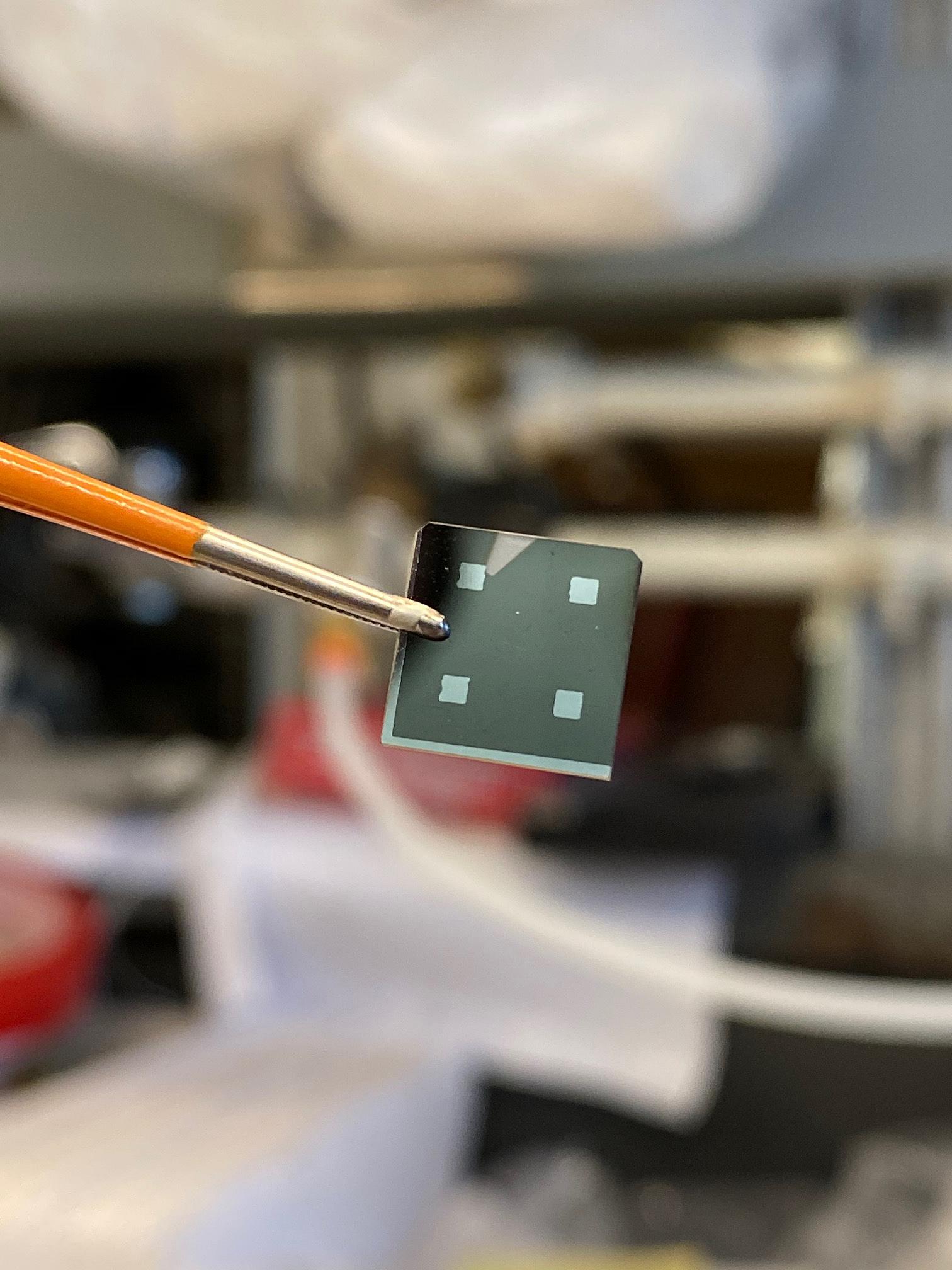
A coating that could cloak objects from infrared sensors by controlling their thermal radiation has been demonstrated by researchers at U.S. universities, with funding support from the U.S. Air Force and Navy.
U.S. Air Force acquisition chief Will Roper cited the new material, samarium nickel oxide, in March 11 testimony to the House Armed Services Committee. The coating “decouples the temperature of that material from its thermal emission, paving the way for what could be a cloaking device in future,” he said.
The demonstration of a coating that emits the same amount of thermal radiation irrespective of temperature was conducted by scientists and engineers at the University of Wisconsin-Madison, Harvard and Purdue University and the Massachusetts Institute of Technology.
“Conventional wisdom states that the hotter an object is, the brighter it glows. This is the first time that temperature-independent thermal radiation has been demonstrated, and has substantial implications for infrared camouflage, privacy shielding and radiative heat transfer,” the researchers said.
“For the last five years or so, I’ve been looking for a way to make thermal radiation temperature independent, to take a common-sense principle and try to break it,” University of Wisconsin-Madison researcher Mikhail Kats said.
“That principle is that the hotter an object is the more thermal radiation it gives off. We’ve been looking for ways to turn that off, to make an object or a coating that irrespective of its temperature emits the same amount of thermal radiation,” he said.
“What we’ve shown is that, no, it doesn’t violate any physical laws and it is possible, at least over some temperature range, to make a coating where irrespective of its temperature the thermal radiation that comes off is the same and therefore an infrared camera can’t tell what temperature the object is at.”
There is a caveat. “This only works over a limited temperature range. In our work it’s about 105C to 135C, so about a 30-deg. temperature range,” Kats said. “We think it is possible to extend or change that range. In particular we would like to bring it down to more human- or vehicle-scale temperatures.”
The unique property of samarium nickel oxide is that the material undergoes an electronic phase transition, from an insulating state to a metallic state, over a temperature range, said Shriram Ramanathan, professor of materials engineering at Purdue.
All objects emit thermal radiation the same way, modified by a parameter known as emissivity, which describes the propensity to emit thermal radiation. Where a black body has an emissivity of 1, an object with an emissivity of 0 does not emit thermal radiation, irrespective of its temperature.
“The only way not to violate conventional physics and enable temperature-independent thermal radiation is to have an object or coating that, as its temperature goes up, its emissivity—its propensity to radiate—goes down,” Kats said. “This emissivity decrease with temperature has to precisely balance the underlying physical law, the intrinsic desire of an object to emit.”
In samarium nickel oxide, “the insulator-to-metallic phase transition makes it so the material gradually becomes more metallic with temperature and that makes it less likely to emit thermal radiation,” he said. “So it goes from being a very lossy material like a piece of coal to being closer to the optical properties of a piece of aluminum, which is reflective and not absorbing and doesn’t like to emit thermal radiation.”
The material is challenging to synthesize, requiring high pressures to form, Ramanathan said, but once formed is exceptionally stable and a thin, 100-200-nanometer coating can be applied using established vapor deposition processes.
Because of the relatively high temperature at which the current coating works, “this is not necessarily a useful thing just yet,” Kats said. “We are able to conceal temperature differences in the 105-135C range and that is not a super-useful temperature range.”
The current coating is also designed to deceive long-wave infrared cameras and does not work as well with mid-wave infrared sensors. “There is quite a bit of engineering we are pursuing right now that will enable us to overcome these challenges,” he said.
Through alloying with other elements it should be possible to lower the range over which the coating operates to room or body temperature to make it more useful, he said. “This is still fundamental science rather than applied science, but the road toward applying the science to engineering is reasonably clear,” he said.





